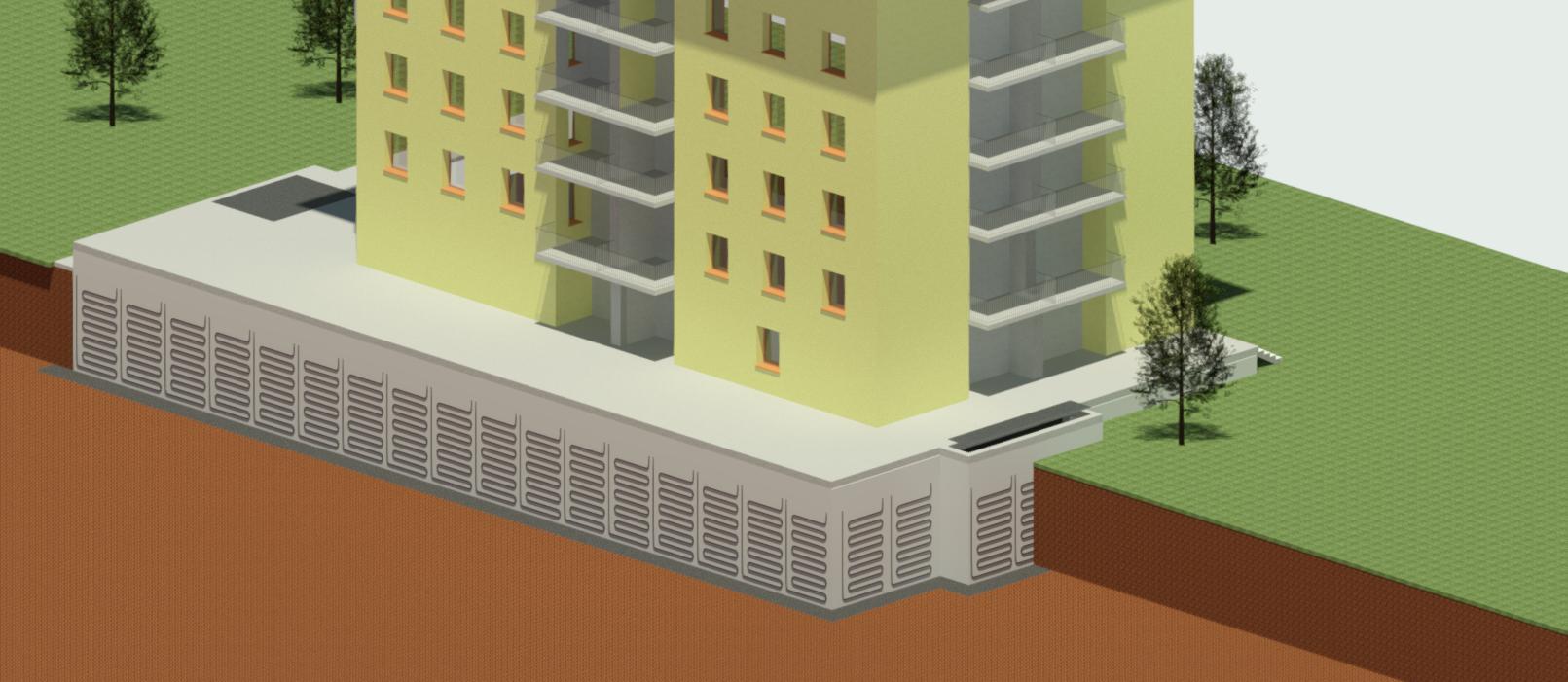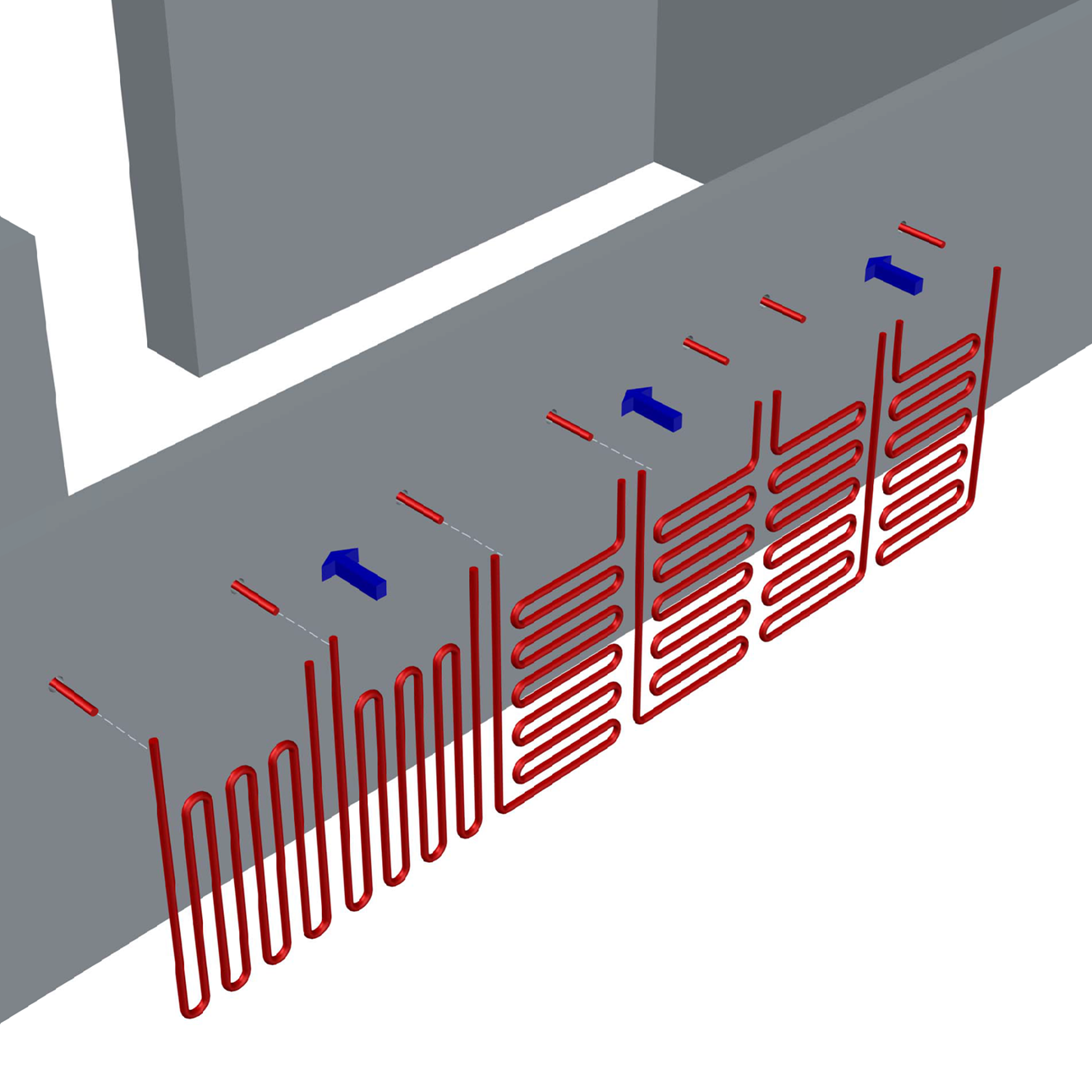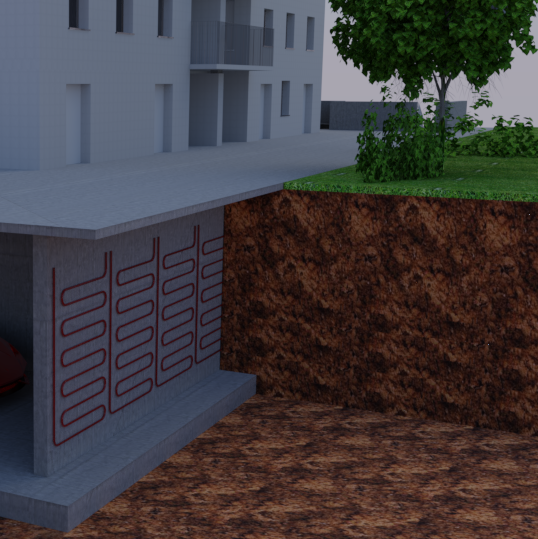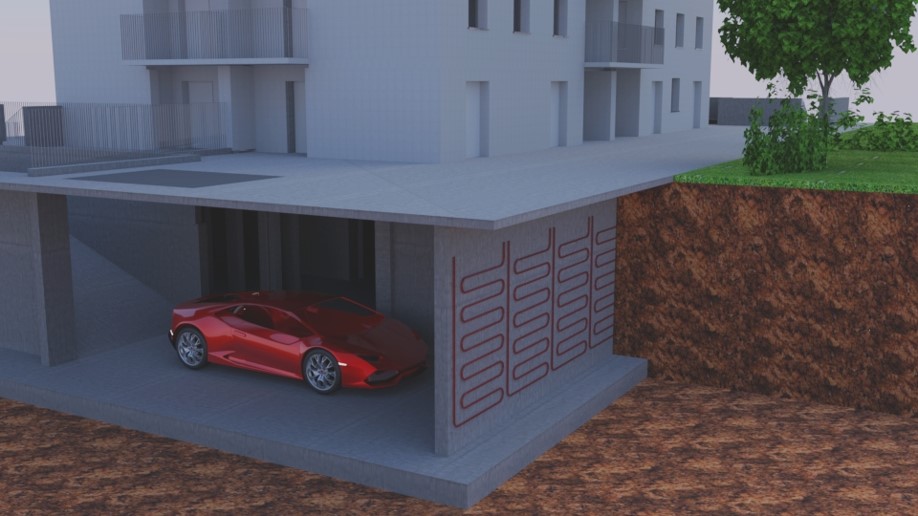The challenge against climate change and carbon based gas emissions needs the contribution of decarbonisation of the constructions heating and cooling sector. Every year, Europe consumes half of the primary energy to feel us comfortable at our homes, offices, stores from a thermal point of view.
In urban areas this need is particularly challenging as the great population density makes atmosphere unhealthy with extremely high levels of pollution. In Italy, this condition is pointed out of being the cause of more than 50000 deaths every year. The issue is often faced with restriction to urban traffic and by stopping older vehicles, without considering the whole bunch of pollution sources and causing large economic losses.
Production of the thermal energy needed for heating and cooling buildings cannot be far from the user due to transportation losses. Hence the need arises for clean, renewavle and distributed energy sources. However, the collection of these distributed and low-density energy sources requires very large installations that are hardly ever available in densely inhabitated areas as our modern cities are.
With the GeothermSkin technology, it will be possible to locally produce the thermal energy for living comfortably in buildings, cutting the emissions and eliminating land consumption at once.

















